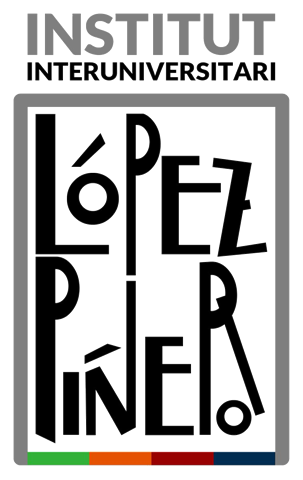|
Darrera modificació: 2020-03-11
Bases de dades: Sciència.cat
Lerner, Robert E. - Rychterová, Pavlína (eds.), Giovanni di Rupescissa: Vade mecum in tribulatione, Translated into Medieval Vernaculars, Milà, Vita e Pensiero (Ricerche: Storia - Dies Nova, 4), 2019, 534 pp.
- Resum
- The Vade mecum in tribulatione, written in Latin by French Franciscan John of Rupescissa in the 1356, belongs to the most popular late medieval prophetic works. Testimony of this is the fact that it was translated very soon into many different vernacular languages. The present volume contains an edition and comparative analysis of sixteen translations and adaptations into seven medieval vernaculars prepared by an international team of philologists. The joint editorial work represents the first enterprise of this type in medieval studies. The translations here edited comprise four in French, three in German, three in Czech, three in Castilian, and single ones in Italian, English and Catalan. The number of languages into which the Vade mecum in tribulatione was translated is very high even when compared with the most popular medieval religious educational bestsellers. Harsh criticism of the church hierarchy, religious orders as well as secular lordship, concrete information on the arrival of Antichrist and of future plagues and catastrophes embedded in a set of religious admonitions were applicable in different times, different places and in different societies. The reception of Rupescissa's prophetic compendium in medieval Europe shows very clearly how differently texts were read and interpreted, even works with seemingly very urgent messages. The edition of the extant translations of Vade mecum in tribulatione provides an excellent basis for new approaches to late medieval religiosity.
Contents:
- Introduction
* Robert E. Lerner / Rupescissa in the Vernacular
- French
* Barbara Ferrari / La più antica traduzione francese del Vade mecum in tribulatione (ms. Paris, BnF, fr. 24254)
* Barbara Ferrari / Una traduzione francese parziale e abbreviata del Vade mecum in tribulatione (ms. Paris, BnF, fr. 9783)
* Barbara Ferrari / Il volgarizzamento francese del Vade mecum in tribulatione trasmesso dal ms. BAV, Reg. lat. 1728 e dal frammento in versi del ms. Torino, BNU, K2.IV.13
- Catalan
* Pedretti (2019), "La traduzione catalana del Vade ..."
- Italian
* Antonio Montefusco / Il volgarizzamento toscano del Vade Mecum in tribulatione (1378 ca.)
- Castilian
* Viorica Codita, Robert E. Lerner, Alberto Montaner Frutos, Rosa Vidal Doval / The Castilian Versions of the Vade Mecum in Tribulatione: General Introduction
* Viorica Codita & Robert E. Lerner / The Castilian Translation in Manuscripts in Oviedo and Salamanca
* Viorica Codita & Robert E. Lerner / The Castilian Translation in the Manuscript of Madrid
* Alberto Montaner Frutos, Robert E. Lerner, Rosa Vidal Doval / The Aljamiado Version
- German
* Robert E. Lerner, Carola Redzich, Pavlína Rychterová,
Sophie Zimmermann / German Translation of the Vade mecum in tribulatione in Munich, Bayerische Staatsbibliothek, Cgm 409, and Strasbourg, Bibliothèque nationale et universitaire, 2119
* Robert E. Lerner, Carola Redzich, Pavlína Rychterová, Sophie Zimmermann / German Translation of Vade Mecum Epitome in München, Universitätsbibliothek, 2° 684
* Robert E. Lerner, Carola Redzich, Pavlína Rychterová, Sophie Zimmermann / German Extracts from the Vade Mecum Translated from an Italian Model, c. 1480. Augsburg Universitätsbibliothek, I.3.2° 18 (f. 155r-v)
- Czech
* Pavlína Rychterová, Robert E. Lerner / The Presence of the Vade mecum in Bohemia
* Pavlína Rychterová, Robert E. Lerner / The Czech Translation in the Manuscript of Třeboň, State Regional Archive, A7
* Pavlína Rychterová, Pavlína Cermanová, Robert E. Lerner / The Czech Translation in the Manuscript Wrocław, Biblioteka Ossolineum 1172/1
* Pavlína Rychterová, Pavlína Cermanová, Robert E. Lerner / Prague, Library of the Metropolitan Chapter, O 35
- English
* Marleen Cré / The English Translation in Manuscript London, British Library, MS Additional 24663
- Postface
* Robert E. Lerner / The Putative Missing Hebrew Translation of the Vade mecum
- Matèries
- Ordes mendicants - Franciscans
Religió - Profetisme
Traduccions
Edició
- Notes
- Informació de l'editor
 . .
Sumari complet  . .
|



